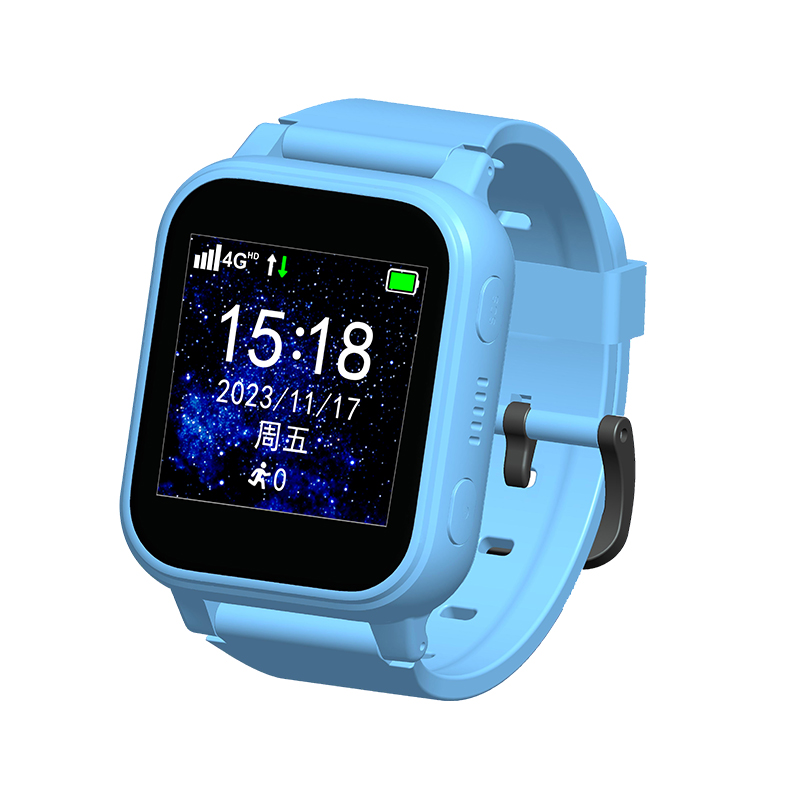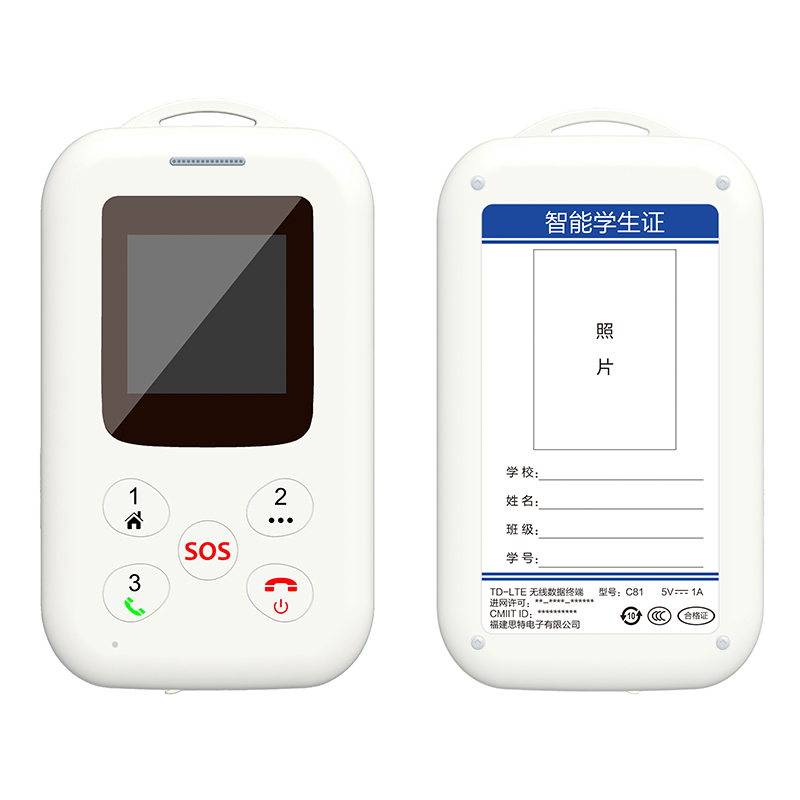What environmental factors significantly affect the positioning accuracy of kids' cell phones?
Release Time : 2025-10-15
The accuracy of a kids' cell phone's positioning function is affected by a variety of environmental factors, including weather conditions, building structure, metal interference, indoor enclosure, and the electromagnetic environment. These factors can interfere with satellite signals, weaken base station communications, or affect sensor data, directly leading to positioning errors or delays, posing challenges to the real-time and accurate monitoring of child safety.
Weather conditions have a particularly significant impact on the positioning accuracy of kids' cell phones. In severe weather conditions such as heavy rain, dust storms, or dense fog, atmospheric moisture and particulate matter can refract or absorb satellite signals, causing signal transmission delays or attenuation. For example, on rainy days, satellite signals must penetrate a thicker layer of moisture, potentially causing positioning points to lag several meters or even further from the actual location. This deviation can mislead parents about their children's location during outdoor activities, increasing safety risks.
Building structure is a key factor affecting positioning accuracy in urban environments. Areas with densely populated high-rise buildings create "urban canyons," where satellite signals are blocked or reflected, resulting in multipath effects. This means that signals reach the phone via different paths, causing the positioning algorithm to misjudge the location. Furthermore, enclosed spaces such as underground parking lots and shopping malls can completely block satellite signals, forcing mobile phones to rely on base stations or Wi-Fi positioning. When base station coverage is insufficient or Wi-Fi hotspots are incorrectly registered, positioning errors can extend to hundreds of meters, severely impacting rapid emergency response.
The impact of metal interference on children's cell phone positioning is often overlooked. Metal casings, keychains, or phones placed in metal containers absorb and reflect electromagnetic waves, creating signal shielding zones. For example, if a child places their phone in an iron backpack, GPS signals may be completely interrupted, resulting in positioning loss. Even if some signal penetrates the metal, the attenuation can reduce positioning accuracy from meters to tens of meters, increasing blind spots in monitoring.
Enclosed indoor spaces are a typical scenario where positioning accuracy decreases. In indoor environments such as homes and schools, walls and furniture can block satellite signals. Wi-Fi positioning relies on pre-registered hotspot locations. If hotspots move or are not updated, positioning errors can exceed 20 meters. For example, when children are inside a multi-story building, their phone may display an incorrect location due to a lack of floor distinction. Parents must combine inertial sensor data or perform manual calibration to obtain accurate information.
The complexity of the electromagnetic environment can have a cumulative effect on positioning interference. Electromagnetic noise generated by devices such as microwave ovens and wireless routers can overlap with positioning signal frequencies, disrupting mobile phone reception. In areas where children gather, such as playgrounds and shopping malls, the simultaneous operation of multiple devices can create electromagnetic interference zones, resulting in prolonged positioning response times or positional jitters. For example, when children are in areas with strong electromagnetic interference, their phone's location may suddenly jump from an accurate location to a nearby base station, leading to misjudgments by monitoring personnel.
To address the impact of environmental factors on the positioning accuracy of children's cell phones, a multi-technology fusion solution is necessary. For example, the five-fold positioning system integrates GPS, Wi-Fi, base stations, accelerometers, and A-GPS technologies to automatically switch to the optimal positioning mode in different scenarios: relying on GPS outdoors, switching to Wi-Fi indoors, enabling base station assistance when the signal is weak, and using the accelerometer to record movement trajectories. This design effectively overcomes the limitations of a single technology, keeping indoor positioning error within 20 meters and improving outdoor accuracy to 5 meters.
The impact of environmental factors on the positioning accuracy of kids' cell phones is complex and dynamic, requiring technical optimization and scenario adaptation to achieve precise monitoring. In the future, with the dense deployment of 5G base stations, improved inertial sensor accuracy, and the evolution of AI positioning algorithms, the positioning reliability of kids' cell phones in complex environments will be further enhanced, providing a more solid guarantee for children's safety.







